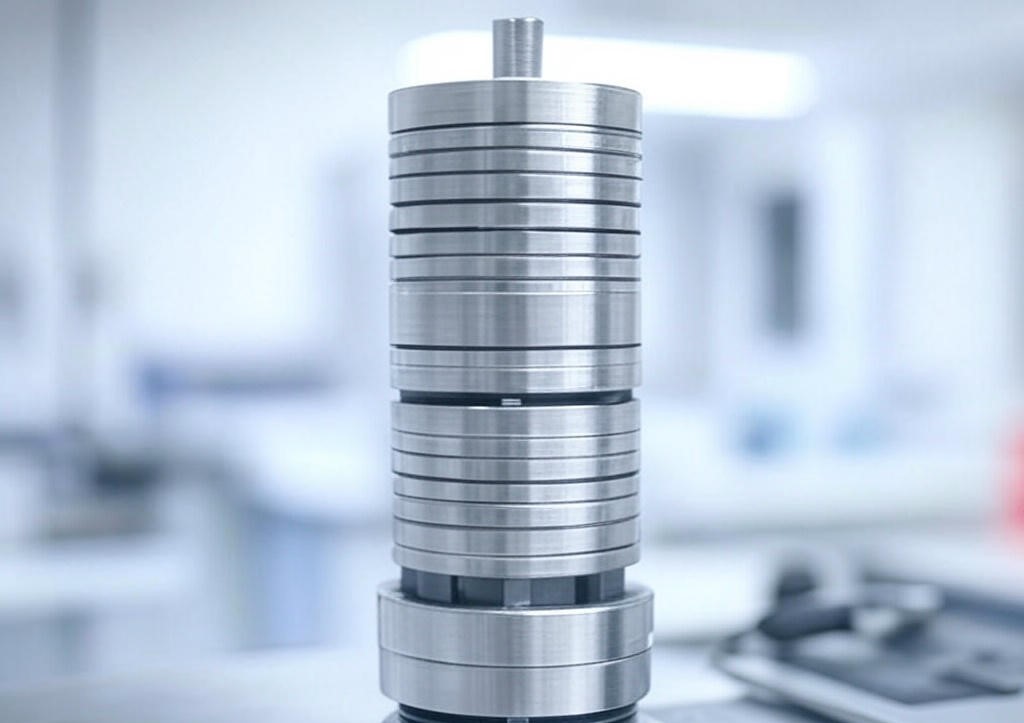
A supercapacitor, also known as an ultracapacitor or electrochemical capacitor, is an energy storage device that bridges the gap between traditional capacitors and batteries. It stores energy through electrostatic charge accumulation rather than chemical reactions, which gives it unique advantages in terms of power delivery and longevity.
Key Characteristics
| Feature | Supercapacitor | Battery |
|---|---|---|
| Energy storage | Physical (electrostatic) | Chemical |
| Charge/discharge time | Seconds to minutes | Hours |
| Power density | High | Moderate |
| Energy density | Lower than batteries | Higher |
| Cycle life | > 100,000 cycles | 500–2,000 cycles |
| Maintenance | Low | Moderate |
| Environmental impact | Generally lower | Depends on chemistry |
Types of Supercapacitors
Electric Double-Layer Capacitors (EDLCs)
Store charge via the electrostatic separation of ions at the electrode-electrolyte interface
Use materials like activated carbon for high surface area
Pseudocapacitors
Store charge via fast, reversible redox reactions
Use transition metal oxides (e.g., RuO₂, MnO₂) or conducting polymers
Hybrid Capacitors
Combine EDLC and pseudocapacitor characteristics
Examples: lithium-ion capacitors
Structure and Materials
Electrodes: Carbon-based (e.g., graphene, carbon nanotubes), metal oxides, or conducting polymers
Electrolyte: Aqueous, organic, or ionic liquids
Separator: Prevents physical contact between electrodes while allowing ion flow
Working Principle
Charging: Ions from the electrolyte accumulate on the surface of each electrode, forming a double layer.
Discharging: Ions redistribute, releasing stored energy rapidly.
In pseudocapacitors, redox reactions enhance the charge storage capacity beyond that of simple electrostatic separation.
Applications
Consumer electronics: Backup power for RAM, LED flash
Automotive: Regenerative braking, start-stop systems, electric buses
Industrial: Power stabilization, energy harvesting
Renewable energy: Grid balancing, solar/wind energy buffering
Wearables and IoT: Fast-charging compact energy sources
Advantages
Very fast charging/discharging
Long cycle life
High power density
Wide operating temperature range
Limitations
Lower energy density than batteries
Voltage balancing needed in series configurations
Cost of advanced materials (like RuO₂)


